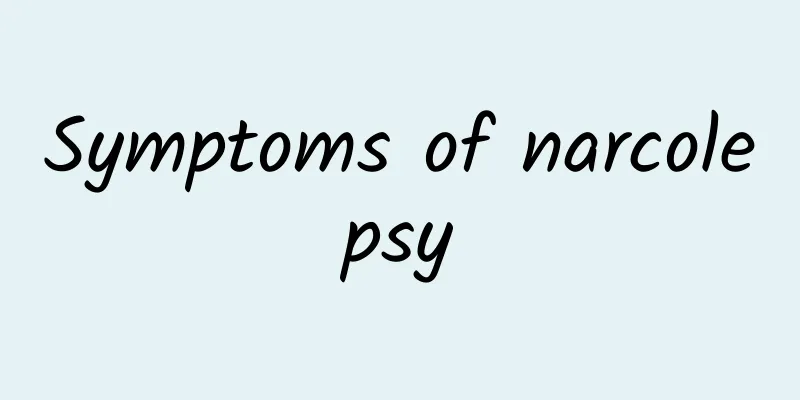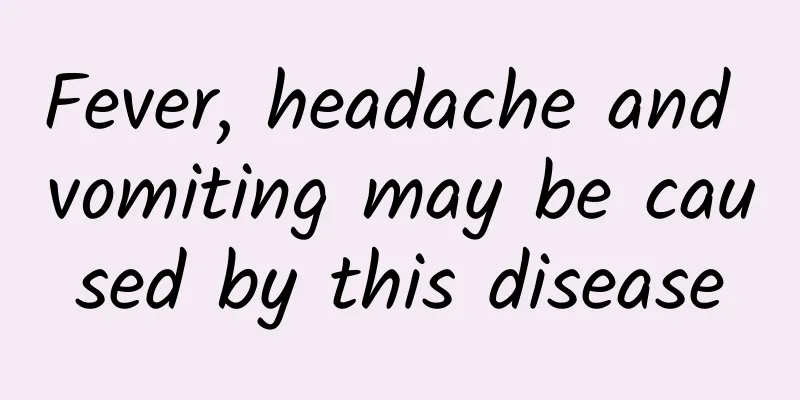Symptoms of narcolepsy

|
Many people don’t know much about narcolepsy. Although the incidence of narcolepsy is not particularly high, it has a great impact on patients. Patients often fall asleep involuntarily and are prone to cataplexy, which means they are prone to sudden falls. Patients often fall asleep unconsciously, which brings great trouble to work and life. Let us take a closer look at it. Symptoms of narcolepsy 1. Hallucinations before falling asleep It manifests as a vivid dream-like experience before falling asleep or waking up, with auditory hallucinations being the most common, but visual and tactile hallucinations may also be seen. Narcolepsy hallucinations before and after falling asleep are seen in 12%-50% of narcolepsy patients. Patients may have vivid and often unpleasant sensory experiences before falling asleep or when waking up, including visual, tactile, movement or auditory experiences. It can manifest as a dream-like experience, such as seeing athletes in a stadium, people walking, etc. Common hallucination experiences include being at a fire scene, being attacked, or flying in the air. These hallucinations are very vivid, mostly nightmares that occur during the transition between wakefulness and sleep, occasionally accompanied by general paralysis, pressure, and fear. Patients often describe these hallucinations as being more frightening than normal dreams because they are captured in the real (waking) environment and it is difficult to distinguish between reality and dreams. 2. Cataplexy It manifests as a sudden involuntary bowing of the head or sudden falling to the ground, but the patient remains conscious. It usually only lasts for a few seconds and usually only occurs once a day. Cataplexy is caused by a transient or complete loss of partial or total muscle tone. Cataplexy can be seen in 65%-70% of patients with narcolepsy and is one of the characteristic manifestations of narcolepsy. It is usually triggered by emotional stimulation such as laughter, anger, excitement, etc. The patient may suddenly suffer from weak knees and fall; or the head may suddenly lose muscle tension and lean back or lower forward; or the facial muscle tension may suddenly be lost, resulting in a blank expression and slurred speech. These three clinical manifestations are the most common symptoms of cataplexy. The attack usually lasts less than a minute and the patient is conscious, has no memory impairment, breathes normally, and recovers completely. These episodes are similar to the loss of muscle tone that occurs during REM sleep or, to a lesser extent, to the episodes of "laughing your head off." |
<<: Symptoms of residual gastritis
>>: What are the symptoms of excessive lead in children?
Recommend
What causes nose bleeding?
Nose bleeding is a very common problem. When it h...
What to do if your feet are cold
Winter may be difficult for some people because p...
Red corners of eyes, strong internal fire, and yellow eyelids indicate spleen deficiency
People often say that eyes are windows to the sou...
Effects and functions of Rendan Pills
I believe many people don’t know what the therape...
What is the standard value for insulin during pregnancy?
For pregnant women, they must pay more attention ...
What should pregnant women eat if they are deficient in iron and zinc?
It is actually very common for pregnant women to ...
Why is it easy to get spots when pregnant with the second child?
During pregnancy, women often develop spots due t...
How long does it take to recover from a stroke?
Cerebral infarction, a serious brain disease, can...
How to nourish the stomach for people with stomach problems
Due to the tense pace of life and unscientific di...
How to get pregnant quickly at 38 weeks
Many pregnant mothers start wanting their babies ...
What is a large-area cerebral infarction? How to distinguish it from cerebral hemorrhage?
In life, many people confuse massive cerebral inf...
There is a lump on the chin that doesn't hurt.
Our bodies are very fragile. Many times we can cl...
What Chinese medicine is effective for migraine
Although the development of Western medicine is g...
What is the best Chinese medicine for bitter mouth?
Many people experience bitterness in their mouths...
How much is a pound of Dendrobium candidum?
Huoshan Dendrobium officinale is a very well-know...









